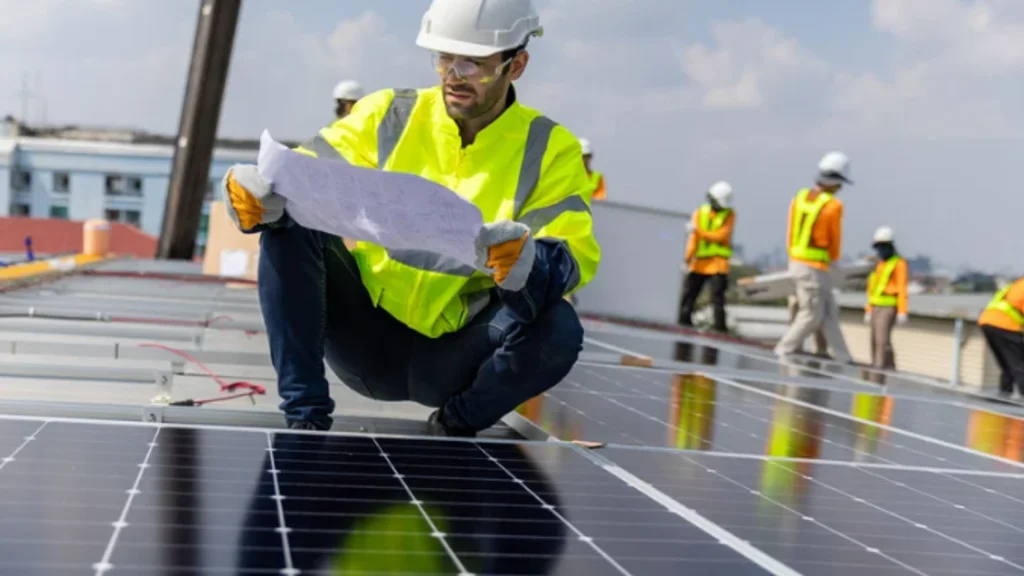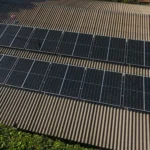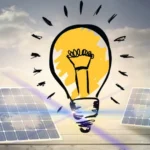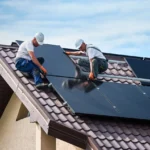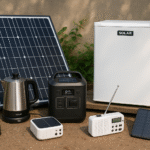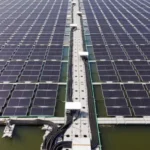Have you ever wondered how photovoltaic cells work? If you plan a solar system, this guide is for you. We will explain how photovoltaic cells generate electricity. We will also cover what a photovoltaic cell is and how it works. Finally, we will show how photovoltaic solar cells work in real setups. By the end, you will feel confident choosing solar power.
What Is a Photovoltaic Cell and How Do Photovoltaic Cells Work?
A photovoltaic cell converts sunlight directly into electricity. It uses layers of doped silicon to create an electric field. When photons hit the cell, they free electrons to flow, generating a direct current (DC) output.
Semiconductor Layers
First, a layer is doped with phosphorus to add free electrons. Next, a layer is doped with boron to create positive holes.
Internal Electric Field
An electric field forms at the junction between the layers. It pushes electrons toward the negative side and holes toward the other.

The Photovoltaic Effect
The photovoltaic effect describes light-to-electricity conversion at the material level. When photons strike the semiconductor, they excite electrons. Those excited electrons generate electron-hole pairs. Then, the internal electric field separates these pairs. Finally, the electrons move through the circuit as current.
Photon Absorption
Photons carry energy proportional to their wavelength. When absorbed, they transfer energy to electrons.
Electron-Hole Pairs
An excited electron leaves a hole behind. The field pushes electrons one way and holes the other.
How photovoltaic Cells Work And How Many Its Types?
Different photovoltaic cells vary by material and cost. Each type balances efficiency and price. Below are the most common categories.
Monocrystalline Silicon
Sun power cells come from single-crystal silicon ingots. They offer high efficiency (18–24%). However, they cost more than other types.
Polycrystalline Silicon
Made from multiple silicon crystals, these cells cost less. Their efficiency ranges from 15% to 19%, making them suitable for budget installations.
Thin-Film Technologies
Materials include CdTe, CIGS, and a-Si layers on substrates. They cost the least and flex to different surfaces. Yet efficiency stays around 10–13%.
PERC (Passivated Emitter Rear Contact)
PERC adds a rear passivation layer to boost light capture. This technology achieves 20–23% efficiency, but it has a premium price point.
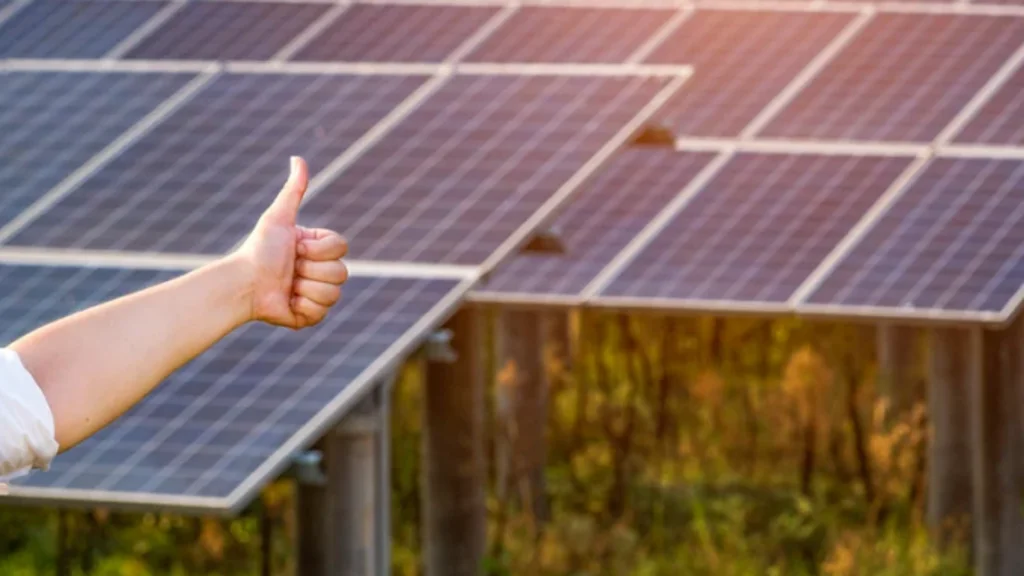
Anatomy of a Solar Panel
Best pv panels handle many photovoltaic cells into a durable module. They protect cells from the weather and optimize light capture. Key components ensure long life and performance.
Glass Cover and Coating
A tempered glass cover shields cells from hail and rain. An anti-reflective coating reduces light loss.
Encapsulant and Cells
EVA sheets hold the cells and cushion impacts. The cells form the core that generates electricity.
Frame and Backsheet
An aluminum frame adds strength and mounting support. The backsheet insulates and prevents moisture ingress.
How Photovoltaic Cells Generate Electricity
In real conditions, panels convert sunlight into DC power. Standard test conditions use 1,000 W/m² at 25 °C. Yet real output varies with weather and time of day. Panels still work under diffused or cloudy light. Stronger sunlight yields stronger current flow.
Irradiance
Irradiance measures sunlight power per area in watts per square meter. Higher irradiance increases photon collisions and current.
Temperature
Heat reduces efficiency by about 0.3–0.5% per °C above 25 °C. Therefore, panels perform best in calm, sunny conditions.
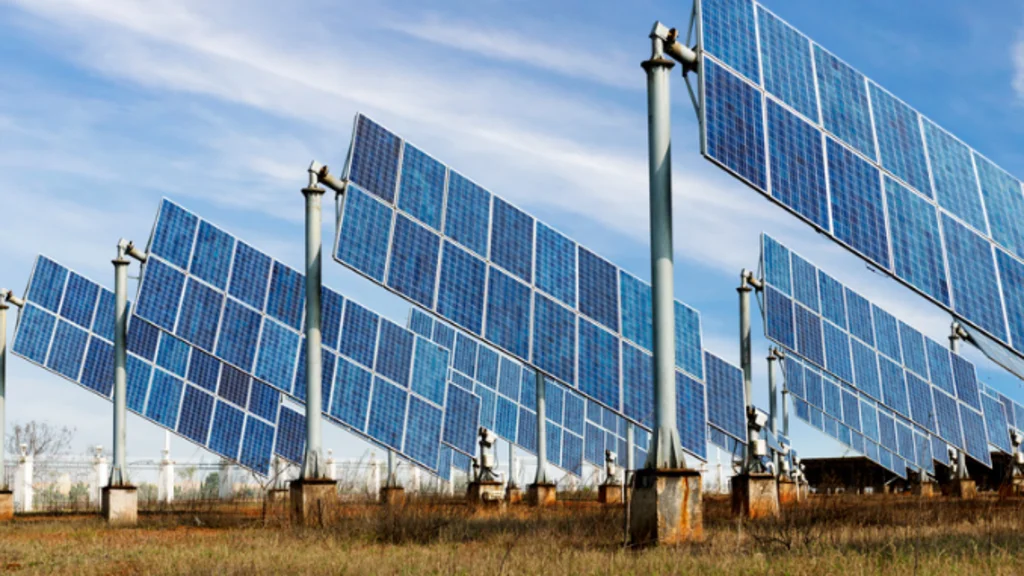
System Components and Flow
A complete solar system includes panels, wiring, and an inverter. Each part ensures safe and efficient power delivery. Below is the typical flow of electricity.
Combiner Box
Panels wired in series or parallel feed into the combiner box. It houses fuses and surge protection devices.
Inverter
The inverter converts DC output to AC for home use. Modern inverters also provide grid synchronization.
Battery Storage
You can also add batteries for energy storage. They store excess power for night use or outages.
Performance Factors
Several variables affect how photovoltaic solar cells work on your roof. Understanding these helps maximize energy production. Key factors include orientation, shading, and soiling.
Orientation and Tilt
South-facing roofs in the USA get the most sun. Optimal tilt usually matches your latitude. Small deviations reduce output slightly.
Shade and Soiling
Shade from trees or buildings can cut output by up to 25%. Dust, pollen, and droppings also block sunlight. Cleaning panels restores performance.
Installation and Maintenance
Proper installation ensures panels work safely and last decades. After install, simple upkeep keeps your system healthy.
Site Assessment
Installers examine roof strength, tilt, and shading. They use tools to model expected energy output.
Cleaning
Clean panels every six to twelve months. Use soft brushes and mild soap. Avoid harsh chemicals and high-pressure sprays.
Benefits of Photovoltaic Technology
Photovoltaic technology offers many advantages for users worldwide:
- Clean Energy: No emissions during operation.
- Cost Savings: Lower electricity bills over system lifetime.
- Energy Independence: Less reliance on the grid.
- Low Maintenance: Occasional cleaning and checks.
- Scalability: From small homes to large solar farms
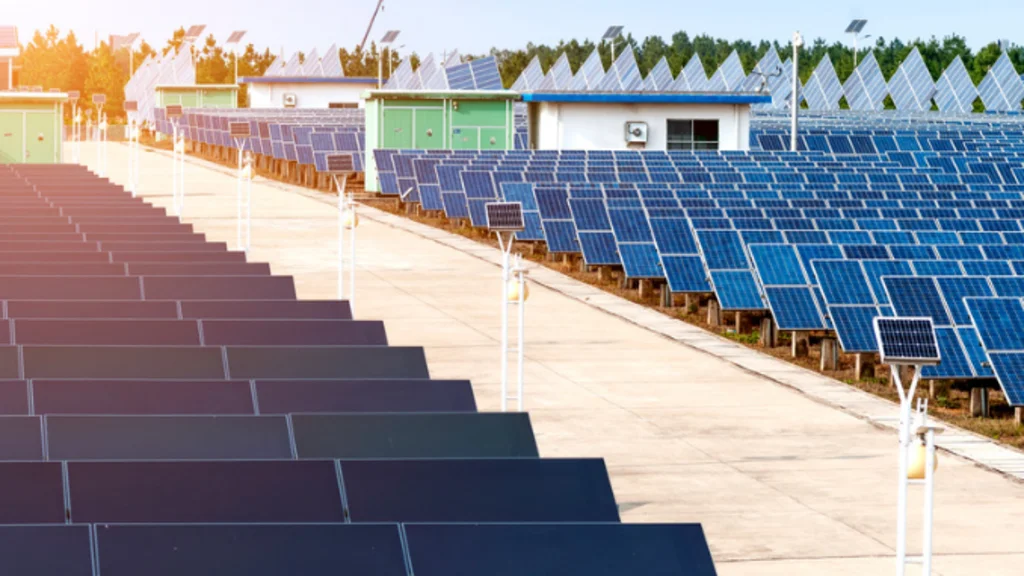
How photovoltaic cells work And Its Emerging Innovations
Solar technology keeps improving through new research. Below are some exciting trends.
- Bifacial Modules: Capture sunlight on both panel faces.
- Perovskite Cells: Promise lab efficiencies above 30%.
- Building-Integrated PV (BIPV): Solar shingles and windows.
- Solar-Plus-Storage Hybrids: Seamless integration with batteries.
Discover how does solar energy turn into electercity. Contact a certified solar installer today for a free site assessment and tailored quote. Start saving money with clean solar power now.
Frequently Asked Questions
- What is the difference between photovoltaic cells and solar thermal systems?
Photovoltaic cells generate electricity directly from sunlight. Solar thermal systems use sunlight to heat fluids for space heating or hot water. - How photovoltaic cells work perform on cloudy days?
They still operate on diffused light. Output drops to 10–25% of peak capacity under heavy clouds. - What maintenance do photovoltaic solar cells require?
Minimal care is needed. Clean panels every six to twelve months. Inspect for damage and monitor output online. - Can photovoltaic cells work in cold climates?
Yes. Cooler temperatures boost cell efficiency. Snow can even reflect extra light onto panels. - How long do photovoltaic panels last?
Most panels carry 25–30 year warranties. They guarantee 80–90% of original output after warranty period.

